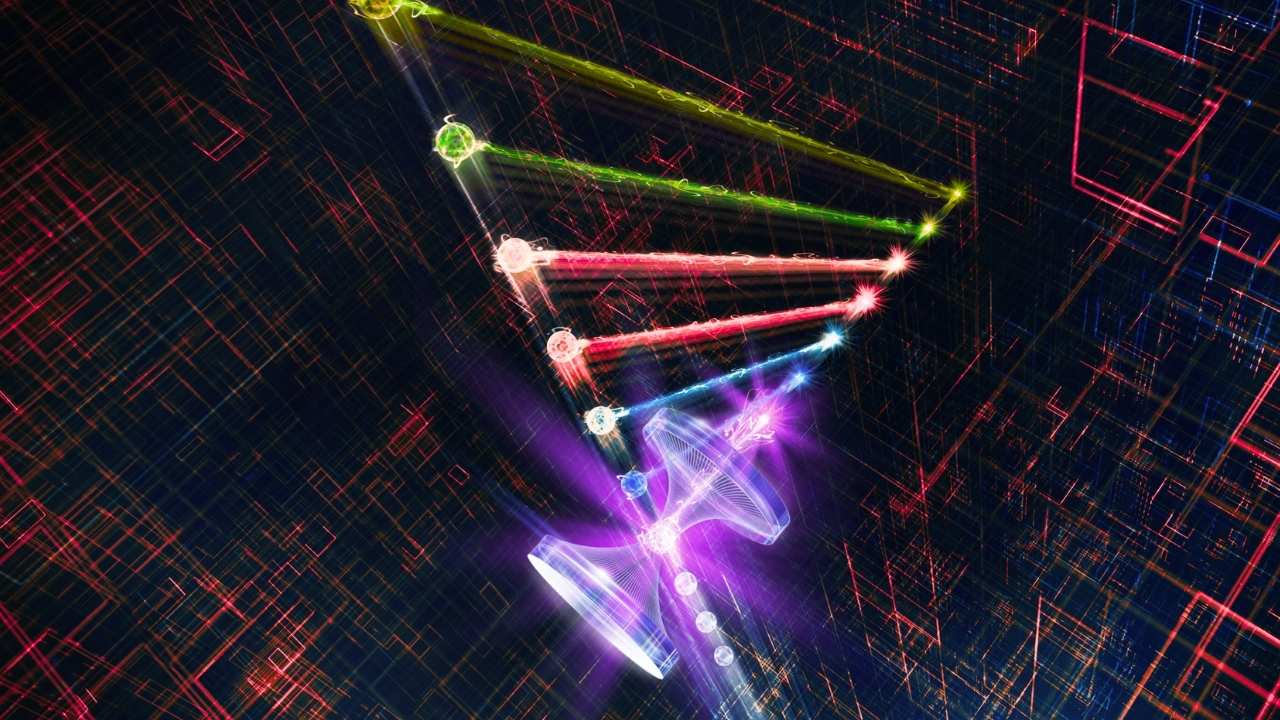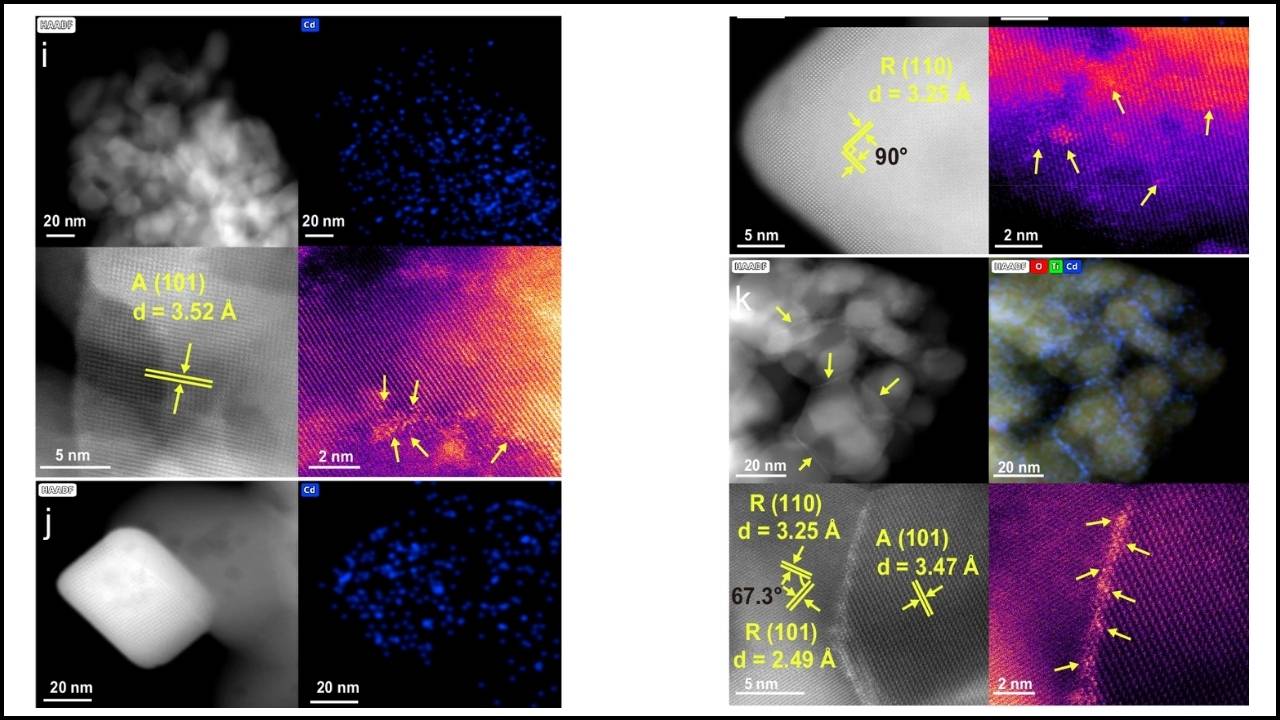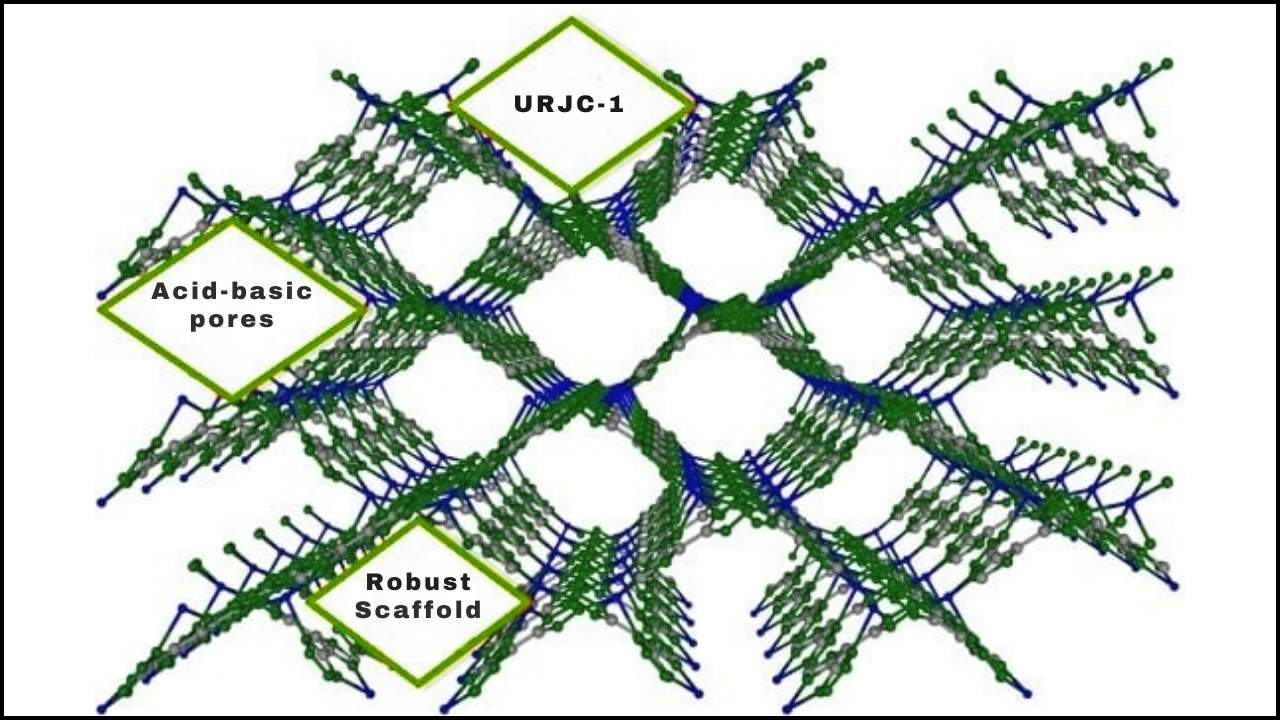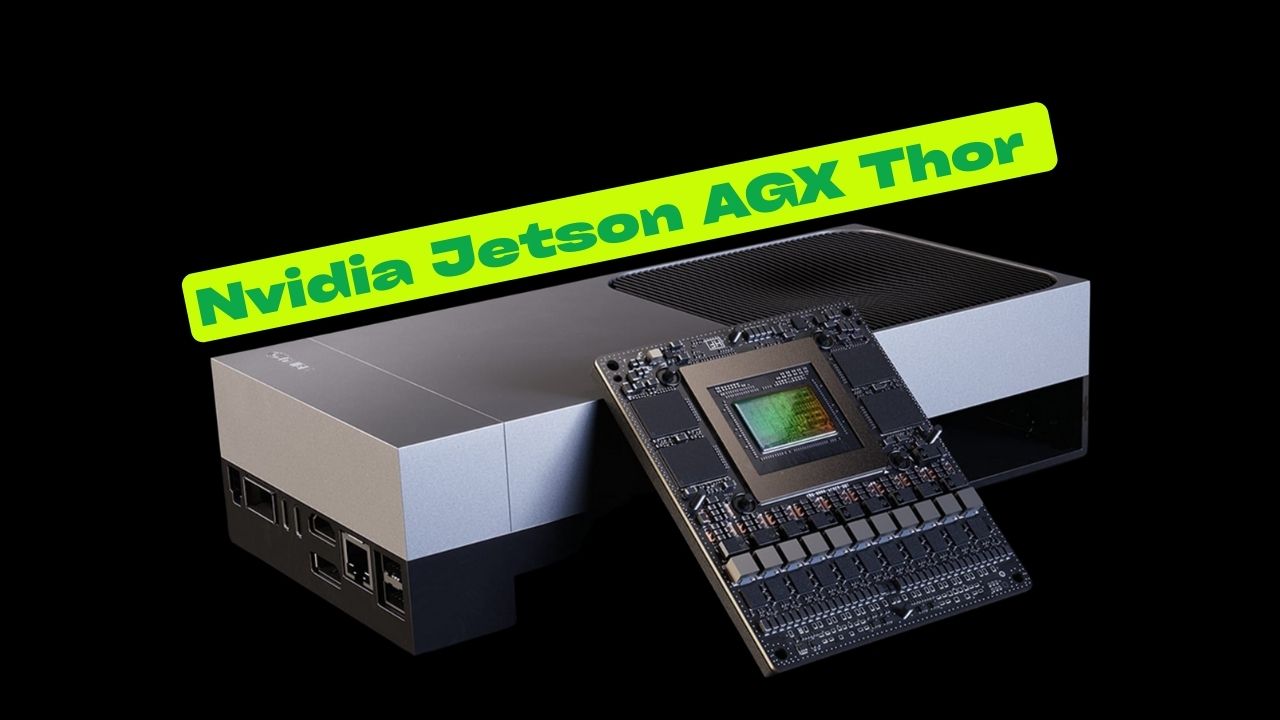Most Distant Mini-Halo: Have you ever wondered what the universe looked like when it was just a baby? Thanks to an incredible discovery by astronomers, we now have a new clue—thanks to the most distant “mini-halo” ever seen! This ghostly cloud of energetic particles surrounds a galaxy cluster called SpARCS1049, and it’s so far away that its light took 10 billion years to reach us. That means we’re seeing this mini-halo as it was when the universe was only about 3.8 billion years old—a true cosmic time capsule.
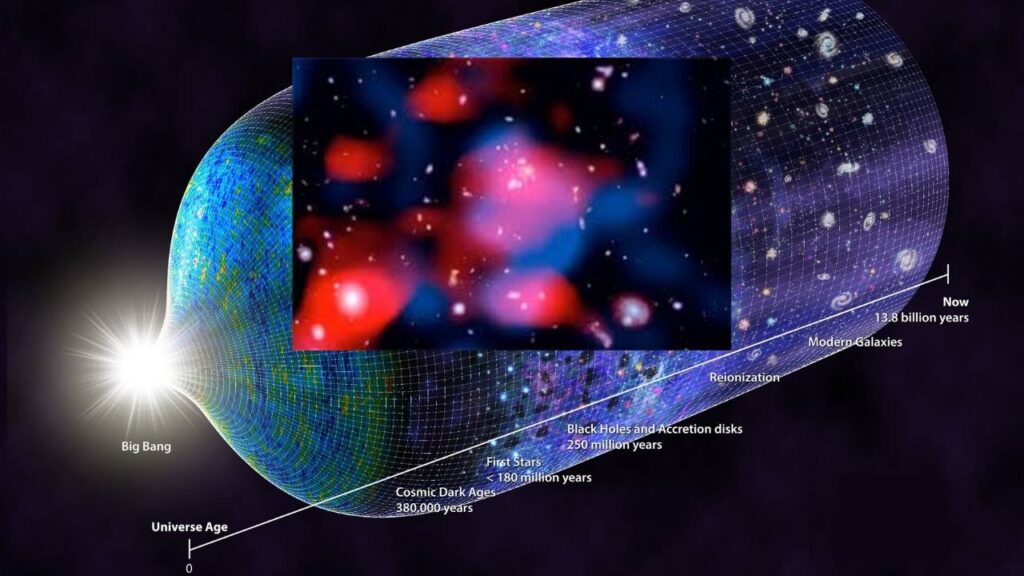
The mini-halo was found using a giant radio telescope called LOFAR (Low Frequency Array), which is made up of thousands of antennas spread across Europe. This discovery is breaking records and changing what we know about how galaxy clusters evolve. Let’s break it all down so everyone—from curious kids to professional astronomers—can understand why this is such big news.
Most Distant Mini-Halo
| Feature | Details |
|---|---|
| Object Name | SpARCS1049 galaxy cluster |
| Distance | 10 billion light-years from Earth |
| Discovery Tool | LOFAR (Low Frequency Array) radio telescope |
| Size | Over 1 million light-years |
| Significance | Most distant mini-halo ever detected |
| Implications | New insights into early universe, energetic processes shaping galaxy clusters |
| Research Team | Co-led by Julie Hlavacek-Larrondo (Université de Montréal) and Roland Timmerman (Durham) |
The discovery of the most distant mini-halo ever observed is a milestone in astronomy. It not only breaks records but also opens new windows into understanding how the universe evolved. By studying these ghostly clouds of energetic particles, scientists are piecing together the story of cosmic evolution—one that began billions of years ago and is still unfolding today.
For anyone curious about the universe, this discovery is a reminder that there is always more to learn. Whether you’re a budding astronomer or just someone who loves to look up at the stars, the cosmos is full of surprises waiting to be uncovered.
What Is a Mini-Halo?
A mini-halo is a huge, faint cloud of energetic particles and magnetic fields that wraps around a galaxy cluster—not just a single galaxy, but a whole group of galaxies. These particles move almost as fast as light and give off radio waves, which astronomers can detect with special telescopes. Think of it like a glowing fog that fills the space between galaxies.
Until now, mini-halos had only been found in galaxy clusters much closer to us—less than 5 billion light-years away. The discovery of a mini-halo around SpARCS1049, which is twice as far, means these energetic clouds have been part of the universe’s story for almost its entire existence.
How Was the Mini-Halo Discovered?
The discovery was made using the Low Frequency Array (LOFAR) telescope.

LOFAR is like a giant ear that listens to the faint whispers of the universe in radio waves. It uses over 100,000 small antennas spread across several countries to pick up signals from deep space.
When astronomers pointed LOFAR at SpARCS1049, they expected to see radio signals from bright galaxies or quasars. Instead, they found a faint, widespread glow around the whole cluster—the telltale sign of a mini-halo. This glow comes from electrons zipping around at nearly the speed of light, spiraling through magnetic fields and giving off radio waves.
Why Is This Discovery Important?
Finding a mini-halo so far away is like finding a fossil from the dawn of time. It tells us that even when the universe was young, galaxy clusters were already being shaped by high-energy processes. This challenges what scientists previously thought about how galaxy clusters evolve.
- High-energy particles have been a part of galaxy clusters for most of cosmic history.
- The processes that create these particles—like black hole activity and cosmic collisions—were already at work billions of years ago.
- Mini-halos are not just local oddities but are fundamental to the structure of the universe.
What Are Mini-Halos Made Of?
Mini-halos are made of ultra-relativistic electrons—particles moving almost at the speed of light—and strong magnetic fields. These electrons spiral around the magnetic fields, emitting radio waves that we can detect from Earth.
The mini-halo around SpARCS1049 is not tied to any single galaxy. Instead, it fills the space between galaxies in the cluster, creating a “cosmic ocean” of energetic particles.
How Do Mini-Halos Form?
Scientists think mini-halos form in two main ways:
- Supermassive Black Hole Activity: The giant black holes at the centers of galaxies can shoot out jets of high-energy particles. These jets can spread throughout the cluster, energizing the gas between galaxies.
- Cosmic Particle Collisions: The hot gas in galaxy clusters is filled with particles moving at high speeds. When these particles collide, they can create even more energetic particles, which then fill the mini-halo.
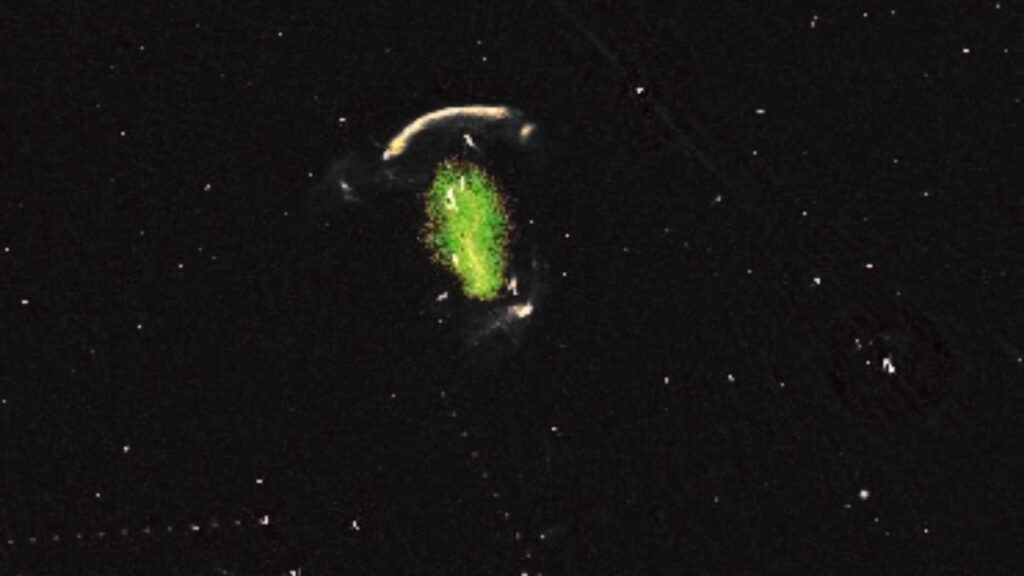
Both processes are probably at work in SpARCS1049, making it a perfect laboratory for studying how energy moves through the universe.
The Big Picture: What Does This Mean for Astronomy?
This discovery is a major step forward in understanding the hidden forces that shape the cosmos. It shows that galaxy clusters have been immersed in high-energy particles for most of their existence, and that these particles play a key role in how clusters evolve.
For astronomers, this means:
- New clues about how the universe evolved: Mini-halos are like fossils that record the energetic history of galaxy clusters.
- Better models of galaxy cluster formation: Scientists can now include high-energy processes in their simulations, making them more accurate.
- New questions to explore: Why are mini-halos so rare? What exactly powers them? How do they affect the galaxies inside the cluster?
Practical Advice for Aspiring Astronomers
If you’re fascinated by discoveries like this, here are some steps you can take to get involved in astronomy:
- Start Observing: Use binoculars or a small telescope to look at the night sky. Try identifying constellations and planets.
- Learn the Basics: Read books or watch videos about space, galaxies, and the universe.
- Join a Club: Many cities have astronomy clubs where you can meet other enthusiasts and learn from experts.
- Follow the News: Keep up with the latest discoveries by reading science news.
- Experiment: Try simple experiments at home, like building a model of the solar system or measuring the phases of the moon.
Step-by-Step Guide to Understanding Mini-Halos
- What Is a Galaxy Cluster?
A galaxy cluster is a group of hundreds or thousands of galaxies held together by gravity. - What Is a Mini-Halo?
A mini-halo is a cloud of energetic particles and magnetic fields that surrounds a galaxy cluster. - How Are Mini-Halos Detected?
Mini-halos emit radio waves, which can be detected by radio telescopes like LOFAR. - Why Are Mini-Halos Important?
They tell us about the energetic processes that shape galaxy clusters and the universe. - What Did Scientists Discover?
The most distant mini-halo ever, around SpARCS1049, 10 billion light-years away. - What Does This Mean for Science?
It shows that high-energy particles have been part of galaxy clusters for most of cosmic history.
Could the Webb Telescope Finally Reveal If Supermassive Black Holes Formed Directly?
Scientists Create Universal Quantum Translator That Could Connect Computers Across Long Distances
Apple to Drop Support for Intel-Based Software on Future Macs With Its Own Chips
FAQs About Most Distant Mini-Halo
Q: What is a mini-halo?
A: A mini-halo is a vast cloud of energetic particles and magnetic fields surrounding a galaxy cluster, emitting radio waves that can be detected from Earth.
Q: How far away is the SpARCS1049 mini-halo?
A: It is about 10 billion light-years from Earth, making it the most distant mini-halo ever observed.
Q: How was the mini-halo discovered?
A: Using the LOFAR radio telescope, astronomers detected a faint, widespread radio signal around the SpARCS1049 galaxy cluster.
Q: Why is this discovery important?
A: It shows that high-energy particles have been shaping galaxy clusters for most of cosmic history, providing new insights into the early universe.
Q: What are mini-halos made of?
A: Mini-halos are made of ultra-relativistic electrons and strong magnetic fields.
Q: How do mini-halos form?
A: They form through processes like supermassive black hole activity and cosmic particle collisions within galaxy clusters.

